When did size or gender become a priority in the performing arts?
Ballet in different shapes & forms, a slimming down process or Size XL?
If height and shapes did matter, great choreographers like Sir Frederick Ashton, George Balanchine, John Cranko or Kenneth MacMillan did not hesitate to cast small or tall dancers, thin or more womanly ballerinas. Called plumb in front of my own eyes (I was taking class at Royal Ballet) the outstanding Lynn Seymour, was one of the many great ballerinas told to have a weight issue. It never disturbed me to see a real woman on stage as every flower in every field is differently beautiful. Due to a problem with depression, drugs, or alcohol (all three are best friends) many artists go through a rough period. Yet Lynn was one of Rudolph Nureyev’s preferred partners! How come, a mother of three with curves? Like with many artists (and humans in general) emotional upheaval, career, and/or family pressure, even an ongoing depression inherited, did not help a dancer’s career. Lynn’s talent was uniquely monumental, she inspired great choreographers and partners, never to be forgotten. (Photo by Roy Round: original 1966 cast of Kenneth MacMillan’s Romeo and Juliet Royal Ballet Principals: Canadian Ballerina Lynn Seymour and UK-born Christopher Gable snubbed from their opening night as the direction politically demanded Fonteyn-Nureyev’s partnership!)
If a Ballerina were tall and considered overweight, her more luscious forms would be highlighted by the white stage lights from the wings when donned in white, short, or long tutu as required by the traditional classical repertoire such as Giselle, Les Sylphides, Swan Lake and La Sylphide. Critics would not always be favorable, but artistry had to be a priority. A well-known New York writer to a major newspaper bluntly described an up-and coming young star, on point, to have huge feet not how beautifully she performed, while another ballerina was called a “mini-mouse” and her Latino partner “a chopped-off Jack…” (Photo below by Francette Levieux (The Rudolf Nureyev Foundation): Rudolph Nureyev & Floris Alexander in Bejart’s Rite of Spring)
Since the 17th century, female dancers were featured first. To be a male dancer was first to be the partner fusing his power to lift the ballerinas with athletic prowess. The airborne lifts and careful slow descending to the stage are still considered important feats. It took a dramatic 1961 arrival of superstar Rudolph Nureyev, to change this though numerous choreographers of the likes of Paul Taylor, in the USA or Maurice Bejart in Europe, did extensively use the male dancer. When a new (yet another former USSR) ballet star emerged, Michael Baryshnikov is often said to have influenced the American Ballet Theater and the New York City’s new look to thinner and lighter female partners.
In his legendary NYCB, the Mozart of the Dance, Ballet Master-in-Chief Balanchine had trained and promoted so many wonderful talented women of all shape and size, and he did not make ethnic choices. One of his ballerina-spouses, Maria Tallchief, daughter of an Osage Tribe Indian, or African American principal dancer Arthur Mitchell, ABT’s first Hispanic ballerina Lupe Serrano or Cuban born Alicia Alonso, offer a long list; not every dancer was skinny-legged or tiny with spaghetti arms! The roles they danced came with the merit of arduous work, and the inspiration they brought to their creators. Their artistic marriage was their common creativity that sometimes drew lines of greatness. (Top photo: English ballerina/Director London Festival Ballet, Beryl Grey with George Balanchine-bottom photo: Luc de Lairesse with Susan Jaffe (ABT) & Damian Woetzel (NYCB)
Of course, we moved through different époques of fashion and already the Haute Couture has influenced a slimming down process. The emergent computers and later the cellphones, fueled by the internet denounced quick changes while in real time- history there was a sadly slow developing show of acceptance of all races and then the reverse effect. We may well not forget that to sing a soprano role in any opera, your voice must fit the written composition and not the other way around.
Many artistic creators can make you shine by writing a personal work for your talent but there is always a set of laws. The same goes for sports where male strength is hardly ever matched by any woman, so please allow women to be competitors amongst women, and men to compete with men. Female grace is a unique quality as is giving birth and men just do not give birth. If anybody wishes to experiment with his or her gender at an age of consent, a maturity and understanding for such decision is worthy of study and experienced counsel for nobody’s body is made to be a guinea pig for such experimenting. If there is always an exception to the rule, please do not judge that exception to be the general rule ever, for the day we die our bodies will show whom we were at birth! (photo below by Anthony Crickmay of Rudolph Nureyev & Lynn Seymour in MacMillan’s Sideshow)
In this profession, whatever the dance technique, roles were written for all genders. Let us respect that in an ageless fairy-tale, Princess Aurora was never a 16-year young male fairy, nor Cinderella a transgender male. If anyone wishes to author a new story linked to such a similar subject, please do find the appropriate music and theme that expresses such feelings, as for an artist that may even be therapy. For now, let us remain respectful and gracious to all artists whatever choice they make; beauty is in the eye of the beholder and we can choose the body to be the vehicle for the soul.
We discover that the statues, the paintings from so many different periods in so many museums all over the world show the less curvy models from an early Italian Renaissance or a Flemish school to the voluptuous Rubens and Rembrandt muses. The artist and the visitor loved their down-to-earth shapes. Baroque costumed ballets created for the 17th century French King, Louis XIV, with tight corsets for the voluptuous ladies of the court, and a more “elf-like appearance” thriving in the Romantic Period of the 1830’s, till the turn of the 20th century with the influence of the different schools (Russian, French, British, Danish and later American) making the dresses more appropriate for the movement and less restricting so the bodies could breathe and the artist able to express him or herself in a more relaxed way. (Photo by James Fortin: Luca Giordano’s Diana @ the Paris Petit Palais museum)
In 1980, a noticeably young, but exceptionally talented dancer joined ABT. Susan Jaffe never showed signs of fat, but the direction imposed to take pills to lose weight; was that a normal way to go? It was not the only company of international fame that enforced such drastic rules. How about partnering a really very heavy lady, gentlemen and would it ruin your back? For many men it did, but in today’s new generation male dancers are often taller and physically stronger with a different motivation and there are a lot of gyms, workouts, and injury prevention/therapy places, the 1960 and 1970’s didn’t offer.
As for the current ongoing discussion of men dancing with men, and women with women, that's been going since the 60's look, at Maurice Bejart (1959, Rite of Spring), & Paul Taylor, Martha Graham, Merce Cunningham and countless creators of movement, dance, and ballet. So, today, we need a DEI stamp, really? Why don't directors worry about the physical and mental health of the dancers and students instead of taking yet another politically inclined road moving away from the soul-essence and creative inspiration? https://www.thetimes.com/culture/theatre-dance/article/royal-ballet-interview-plus-size-dancers-same-sex-ss6j6s5p9 (photo Kirov Ballet Stars: Irina Kolpakova, Michael Barysnikov in the Sleeping Beauty)
Maybe so much talk is a distraction of the true subject and it will be each parent’s challenge to get informed and protect youth from the lies and the politics imposed by the corporate sponsored arts. When the young artist is growing up, we all have the opportunity to experience life in a multitude of ways and what will serve our own higher good. Those who chose the search for the authentic self may not gain fame and fortune, but then that is not the real world, is it? https://www.express.co.uk/news/uk/2041961/royal-ballet-plus-size Finally, the day may have come where real leaders bring change in the dancing (or any arts) community when color nor gender will make the rules but the merit and talent whatever gender or color! In the end, when we look in the mirror, when we admire or dislike a piece of artwork, or a “live” performance we can but ask ourselves how do we really feel?
This newsletter is dedicated to one of the greatest artists to ever have graced the ballet world. Lynn passed away two years ago. I had the privilege to watch her work, to have a conversation with her over tea; she was a great lady with a deeply felt humanity with her heartfelt actions and an amazing artistry and the courage to never give up a fight. She was loved and admired by the dance community. We will never forget you! Photo below by Anthony Crickmay: Lynn Seymour in Sir Frederick Ashton’s “"Five Brahms Waltzes in the Manner of Isadora Duncan”.




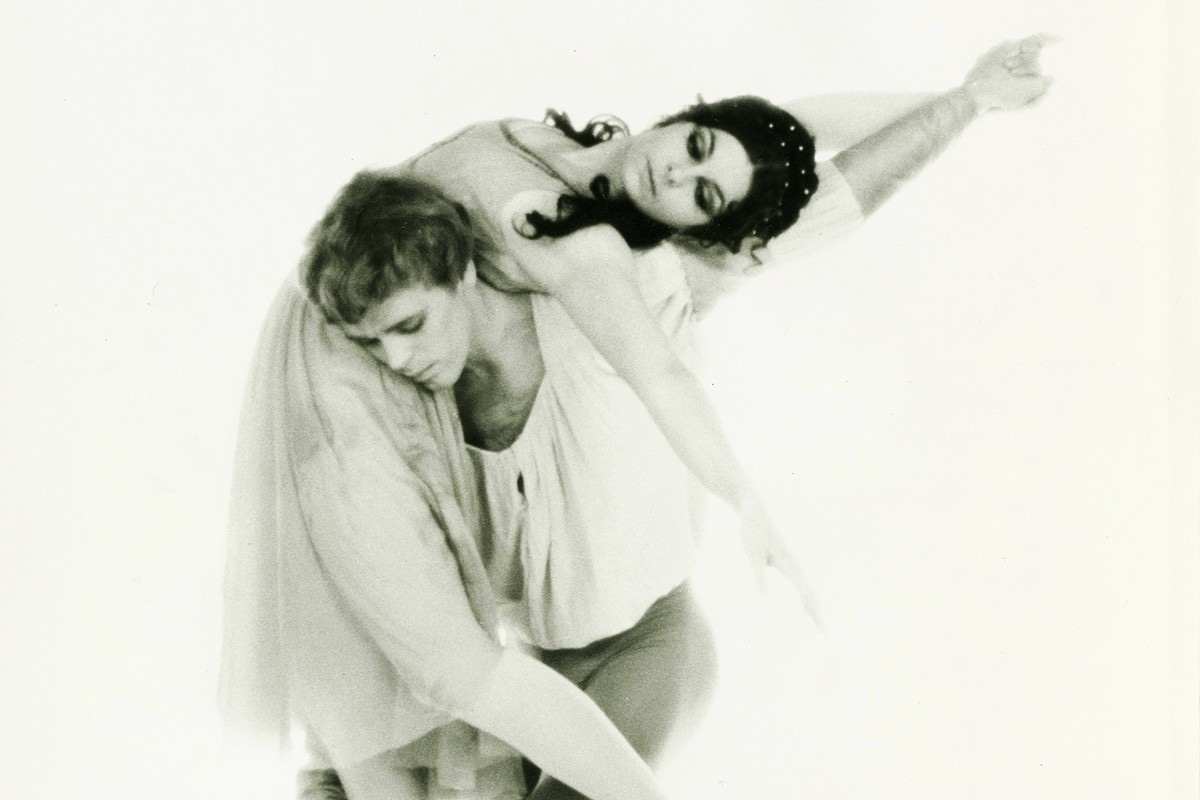
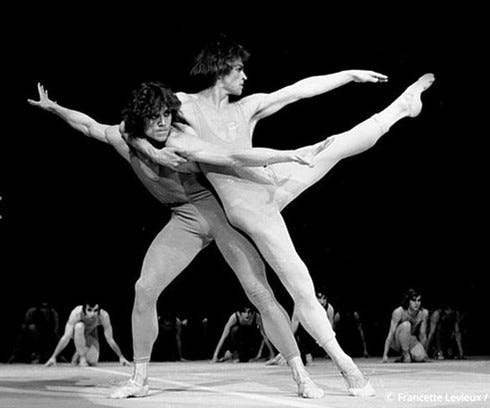


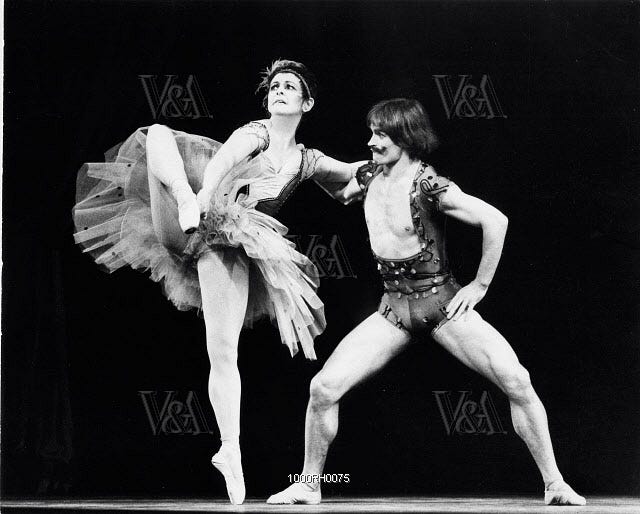
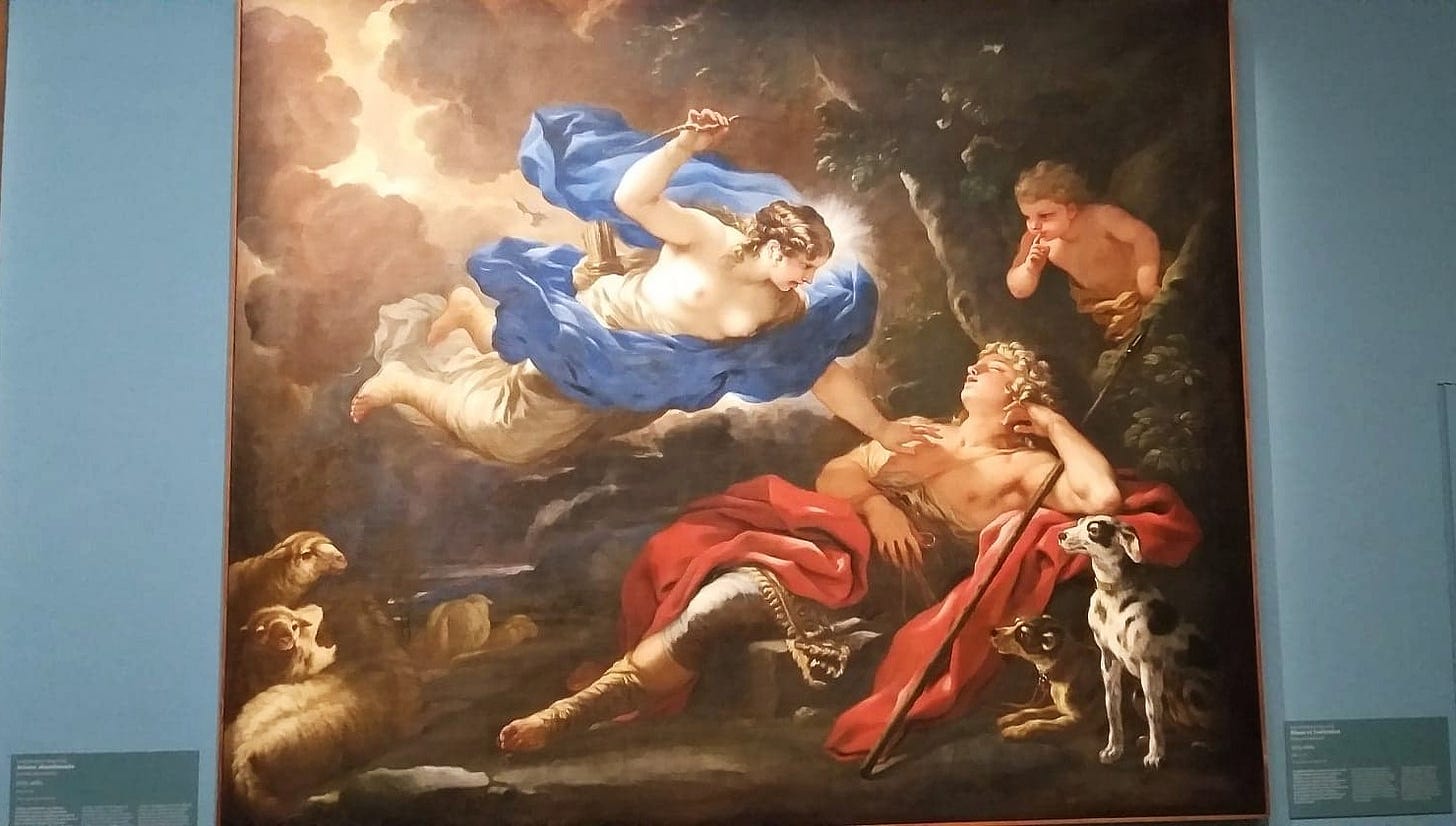

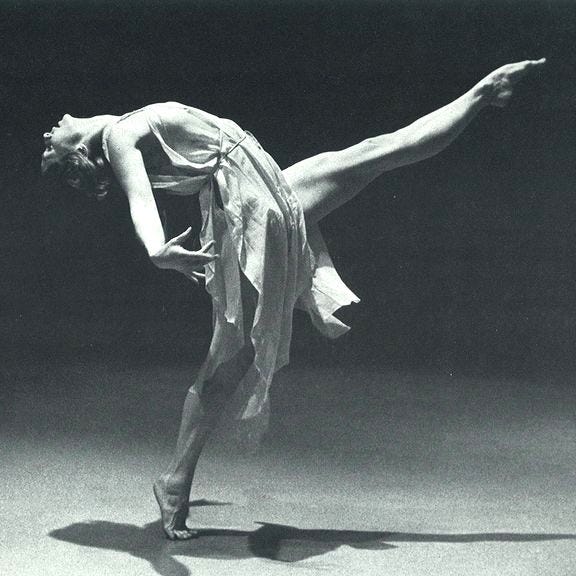
Such a beautiful commentary and tribute to some of the greatest, including Lynn Seymour. Thank you.